Designer(s) Hidenori Shibao Series Paladin's Quest Developer Asmik Ace | Composer(s) Kōhei Tanaka Initial release date 13 November 1992 | |
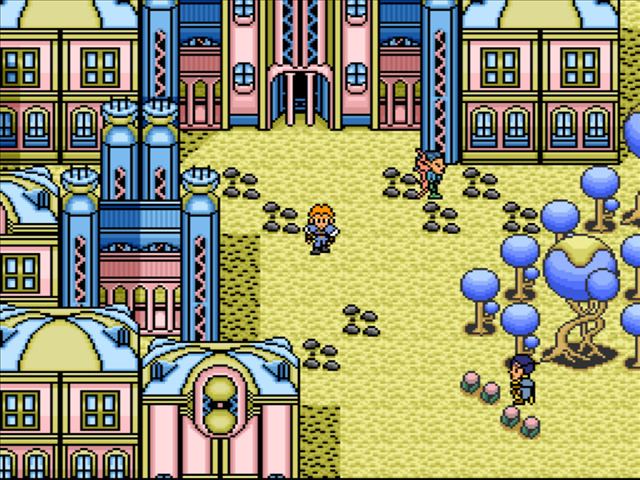 | ||
Similar Enix games, Role-playing video games | ||
Let s play paladin s quest 1 destruction of hogwarts
Paladin's Quest, originally released as Lennus: Kodai Kikai no Kioku (レナス 古代機械の記憶, "Lennus: Memories of an Ancient Machine") in Japan, is a Utopian/Dystopian science fantasy role-playing video game developed by Copya System and published in Japan by Asmik Corporation on November 13, 1992, for the Super Famicom. It was published in North America by Enix in October 1993. It was different from other role-playing games at the time, because when the player casts magic, it takes away HP (health points) instead of MP (magic points/power).
Contents
- Let s play paladin s quest 1 destruction of hogwarts
- Tas paladin s quest snes in 125 04 by janus
- Plot
- Gameplay
- Music
- References

Its sequel, Lennus II, was only released in Japan.
Tas paladin s quest snes in 125 04 by janus
Plot
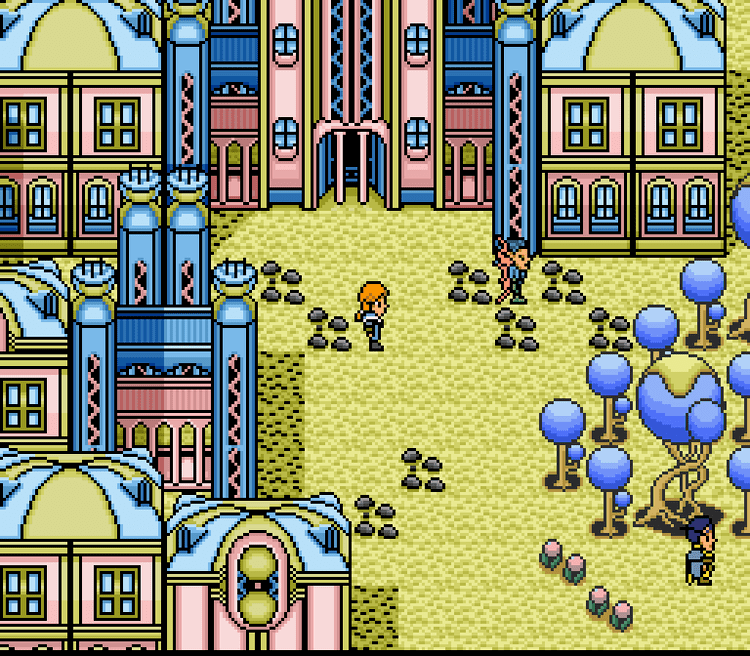
The game centers on a boy named Chezni who, on a dare, activates an ancient machine called Dal Gren and in doing so releases a being of immense power and evil. As a result, the magic school is destroyed and the headmaster of the school orders Chezni to destroy Dal Gren at whatever cost before it destroys the world. During his travels he meets a girl named Midia, very much like himself, who wishes to help him on his quest, and numerous other mercenaries that come to aid Chezni. The main antagonist is a young dictator named Zaygos, who wants to use the Dal Gren for his own nefarious purposes.
Gameplay
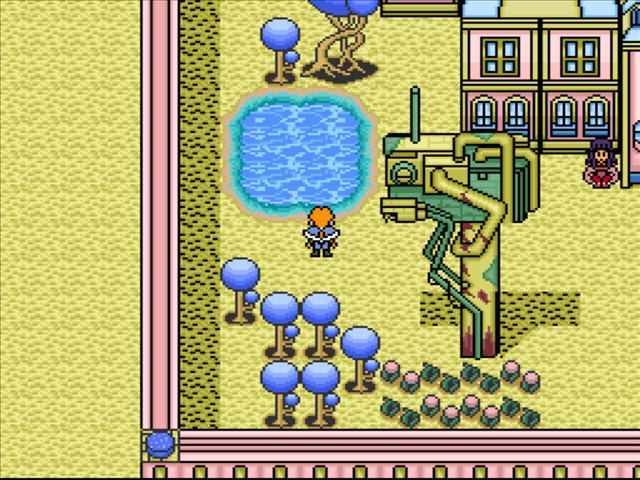
Paladin's Quest draws gameplay features from many other games of its era, and adds some interesting innovations of its own to the mix. Like many role-playing video games, the game has a battle mode and an adventure mode. Within the adventure mode, the character might be in the overworld map or a dungeon (in which case the player will meet with random encounters), or in a town (in which case random encounters do not occur). This mode is a traditional top-down view. In case of a battle, the game switches to a first person battle mode, similar to the Dragon Warrior games. The game's battle mode is Turn-based, in contrast to the Active Time Battle system used by the Final Fantasy games in the same time period. That is, increasing a character's speed increases the chances of acting earlier within a turn, but does not change how frequently that character's turns come about. From each battle, characters accrue experience points, which eventually lead to higher levels, and better attributes. During battle, use of healing items usually, but not always, takes priority and occurs before the enemy can strike.
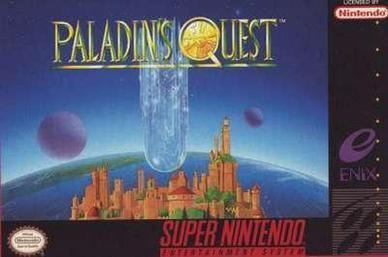
One of the unique things about the gameplay in Paladin's Quest is the magic system. It has several features found only in a minority of other RPGs:
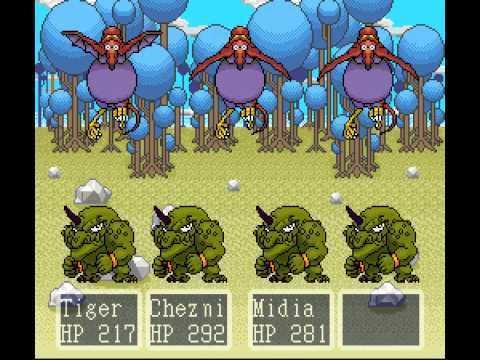
The healing system in Paladin's Quest is rather unusual. In many other RPGs it is possible to buy many cheap healing potions, and use them to heal after random encounters throughout a dungeon, and immediately before a boss battle: such an option is not available in Paladin's Quest, and finding ways to maintain adequate HP and healing bottles throughout a quest is an important part of a successful strategy to beating the game. Items cannot be used from battle unless they are equipped, traditional healing spells are nonexistent, and extra healing items cannot be purchased. The primary healing items in the game are healing "bottles", which are good for nine uses each. These bottles cannot be purchased, and must be found while adventuring, although they can be refilled cheaply at most towns. The only other healing items are certain pieces of equipment which can be used as an unlimited healing item, but can only heal the wearer, and cannot be used outside of battle mode.
The player controls a party of up to four characters: up to two main characters, while the rest of the party slots can be filled by mercenaries. Although the player controls a mercenary's actions in battle, the player does not have any control over the equipment they wear and cannot purchase spirits for them. Many mercenaries have certain strengths and weaknesses (for example, many have spirits not yet available to the player, and so have spells not yet available to the player's main characters). Some mercenaries also lack a healing bottle, making them unable to do any healing in a battle. New, stronger mercenaries are available often as the player progresses through the story (usually for a price), but it is up to the player whether to continue by leveling their old mercenaries, or hiring new ones. All mercenaries may be rehired, with the exception of a single mercenary tied to a story event.
Music
The musical score for Paladin's Quest was composed by anime and game composer Kōhei Tanaka. A promotional MiniDisc containing 10 tracks with the game's original music was released by Asmik under the title Welcome to the Lennus World!. A separate soundtrack titled Lennus: Memory of the Ancient Machine Original Album also contains 10 tracks, half composed of arranged instrumental medleys of the game's music and the other half consisting of dramatic dialogue. The album was released by Future Land on December 2, 1992.
